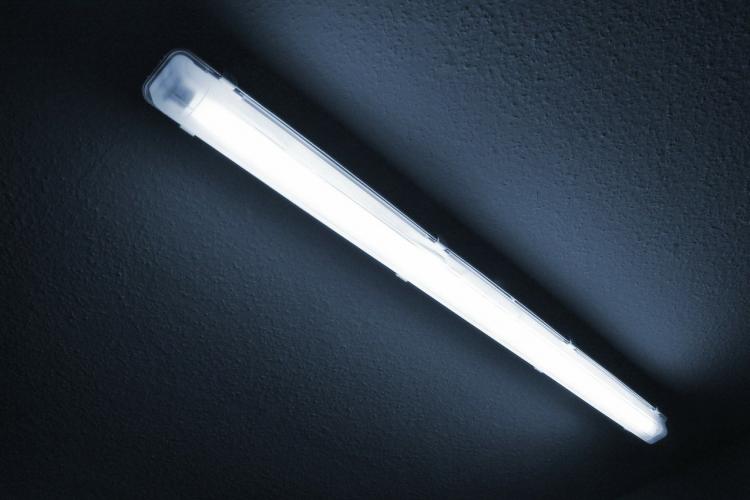
Lighting Industry Update Series: Part 1
The DesignLights Consortium (DLC) recently announced an update to the solid-state qualified products list (QPL) with new changes set to benefit utility programs on the horizon. The update to version 5.1 (current version is 5.0) has officially been announced and is set to take effect next year. TLEDs under the new update will not be required to be in full compliance with the new standard until the end of 2021. This extended period will ensure manufacturers and utility programs have enough time to factor the change into their product designs and program frameworks.
New Dimming Requirement Explained
TLEDs are linear LED swap-in tube replacements for legacy fluorescent lighting fixtures. TLEDs are an attractive option for those considering a lighting upgrade because they are made to function with the existing fixtures, so no time-consuming and costly installation of a new fixture is necessary. This allows more customers to reap the benefits of LEDs—including energy savings, improved light quality and longer lifespan—without requiring the added complication of a full fixture retrofit. Version 5.1 of the QPL will require these TLEDs to be either manually- or network-controlled, which will allow for the potential to dim. The dimming capability will allow deeper energy savings per tube and ensure customers have the option to connect these lights to a larger networked system in the future, if they so choose.
Benefits to Utilities and Customers
When customers approach a lighting replacement for aging linear fluorescents, the ability to dim can be an important tool to consider in trying to be more energy efficient. From the utility perspective, dimming can help unlock additional savings while avoiding stranding further savings in products without the ability to be connected into a networked system. If customers choose to install TLEDs without the ability to connect those lights to more advanced network systems, they will effectively freeze those fixtures from further savings typically seen when connected to network systems for the life of the fixture. Where LEDs are concerned, this can mean years of lost energy savings potential as some LEDs can be rated in the tens of thousands of hours of service life. Utilities can help customers make the decision to upgrade to the more advanced TLED options by only offering incentives to products that are DLC-approved and listed on the QPL. The ability to dim lights to the desired level is a feature highly valued and sought after by customers as it allows the ability to customize a space; it has also been known to help mitigate issues around light level comfort and glare.
For utilities, restricting incentives to only those TLED models which have the dimming capability enables programs to unlock greater savings opportunities over non-dimmable. A review completed by the Energy Futures Group found that the incremental energy savings potential between the non-dimmable TLEDs specified under the old V5.0 compared to the new standard under V5.1 is around 19% for manual dimming applications and a whopping 70% for TLEDs connected to networked lighting controls. This means utilities have a lot of room to grow energy savings if they consider adopting the new version and requiring all TLEDs to meet the requirement to be eligible to receive incentives.
For more information related to the DLC or the dimming requirement update, please check out the DLC website or contact Nicholas Moshage at nmoshage@mwalliance.org.